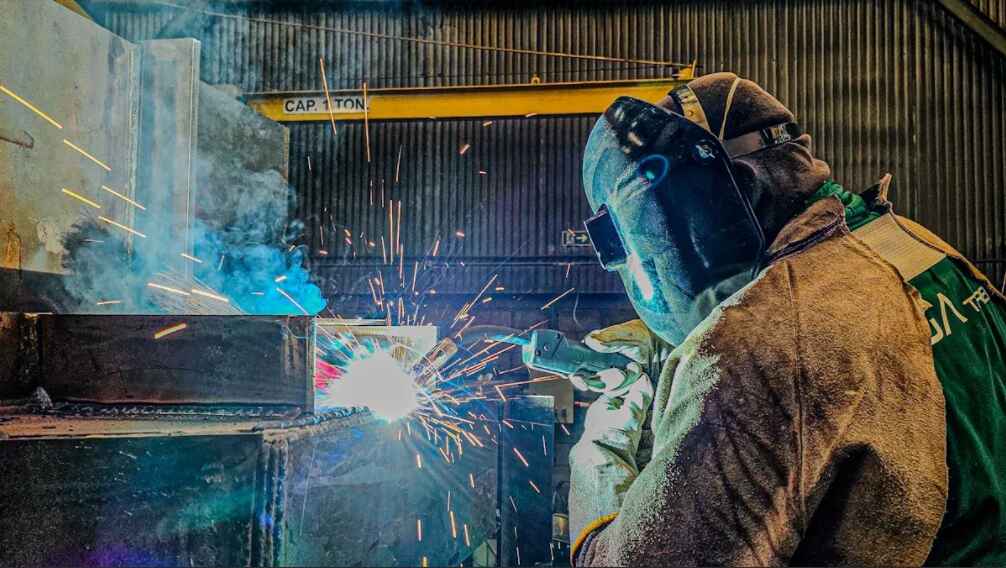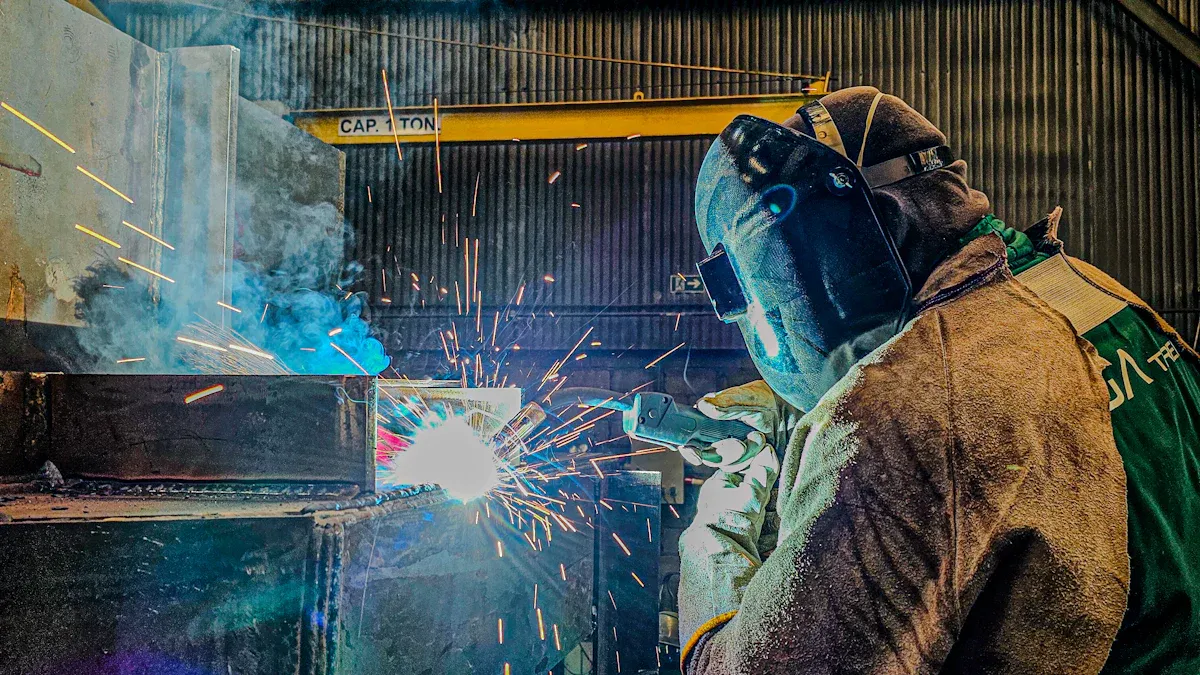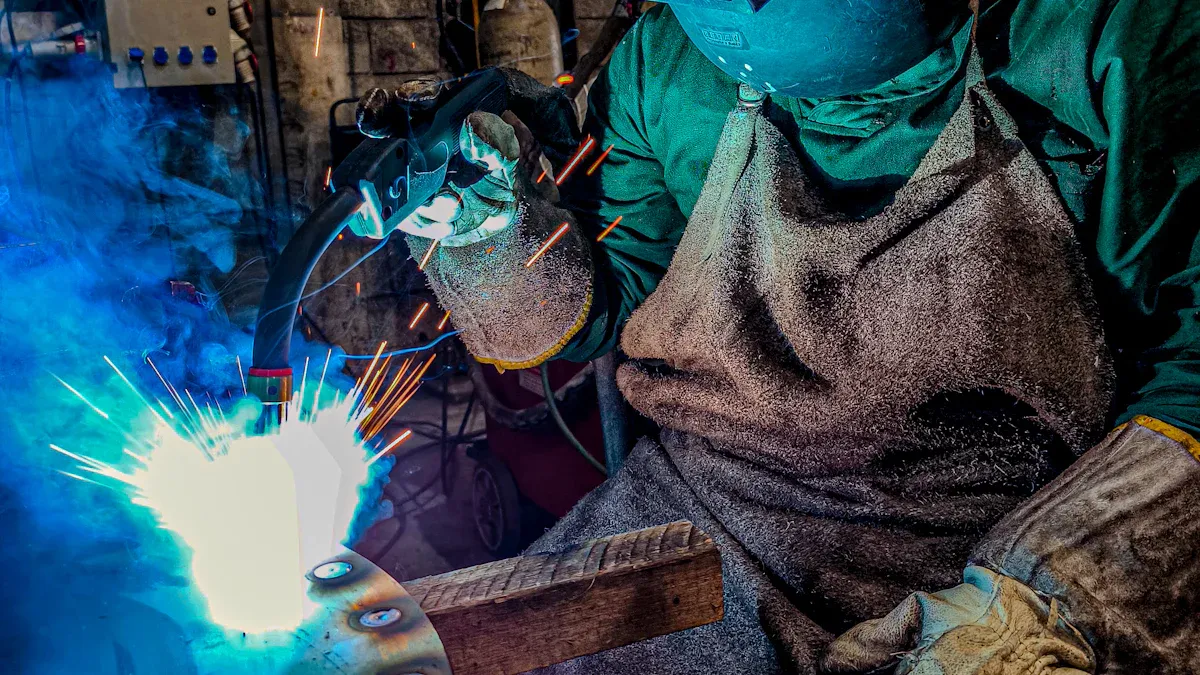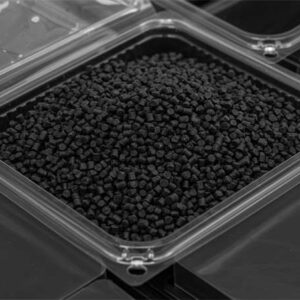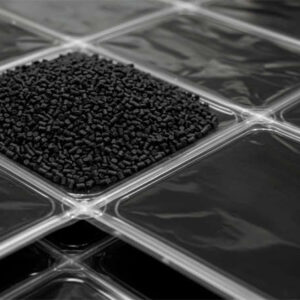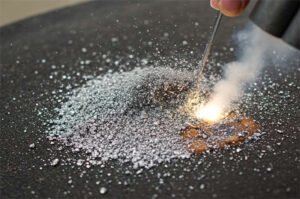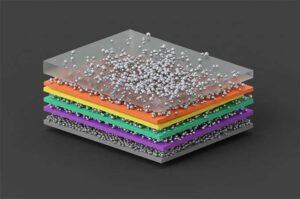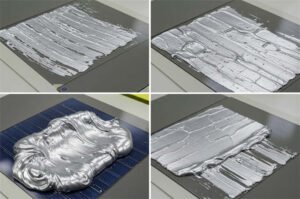You may ask if aluminum paste can really help you weld better. New products have changed how people work with aluminum. Companies now sell good powders and pastes. These help make welding easier and better. They improve how well things stick together and how strong the weld is. These new materials make shiny, strong solder joints. They also help make your work more reliable. Here are some of the newest features:
| Innovation Type | Description | Features |
|---|---|---|
| New welding materials | Won awards for welding | Good sticking, shiny joints, very strong |
| Brazing powders | Aluminum, zinc, copper, and more | Works with many ways to weld |
| Brazing fluxes | FA-, FB-, FS-series | Works well for different soldering jobs |
These new things make welding easier for everyone. It does not matter if you are new or have welded for years.
Key Takeaways
- Aluminum paste helps welding by cleaning metal surfaces. It stops oxidation. This makes welds stronger and cleaner.
- Using the right filler metals, like 4943, makes welds stronger. It can make joints up to 20% tougher. This helps them last longer.
- Water-soluble aluminum paste makes cleanup easy. You can wash away residue for a shiny look.
- Always stay safe by wearing gloves and a mask. This protects you from skin irritation and breathing problems.
- Pick the best welding method and flux type for your project. This helps aluminum paste work better for you.
Aluminum paste in welding
How it works
Aluminum paste helps make welding easier. It is a helper when you solder or braze. The paste cleans the metal and helps melted metal move. This makes welding more reliable. The table below shows how soldering, brazing, and flux are different:
| Process | Temperature Threshold | Flux Role | Advantages |
|---|---|---|---|
| Soldering | Below 840 °F | Cleans surfaces, promotes flow | Joins dissimilar materials, lower heat input |
| Brazing | Above 840 °F | Cleans surfaces, prevents oxidation | Stronger joints, less thermal distortion |
| Flux | N/A | Prevents oxidation, enhances bonding | Essential for both soldering and brazing |
Aluminum paste gives you a cleaner metal surface. It takes away oxides and dirt. This helps metal pieces stick together better. The paste also stops oxidation, which can make welds weak. Some pastes, like Superior AL28-33-75, work with many aluminum types. You can use them to join aluminum to steel or copper. This paste starts working at 300°C. It leaves a residue that you can wash off with water. AL1100 is another good paste. It does not get damaged by chemicals or weather. Many welders use it as a filler alloy.
Tip: Always look at the activation temperature and residue type before you choose a paste. This helps you clean up easier after welding.
Impact on welds
Aluminum paste can help your welds be stronger. It makes joints tougher and stops porosity problems. The paste removes oxide films from the weld metal. This lowers the chance of weak spots and makes the weld bead stronger. The table below shows some technical results:
| Evidence Description | Findings |
|---|---|
| Use of flux backing tape | Cleans weld metal of oxide films, reduces porosity, and minimizes excess root penetration. |
| Reduction in root penetration | Decrease by almost ten times compared to welding without support. |
| Removal of oxide inclusions | Complete removal observed, leading to superior joint quality. |
| Strength properties | Weld beads produced with flux backing tape show superior strength due to effective cleaning of inclusions and pores. |
Your welds will look cleaner and feel stronger. The paste helps the filler metal move smoothly. You get fewer inclusions and less spatter. This means you spend less time cleaning up after welding. You also get better results, even if you are new to welding.
Aluminum paste works for beginners and experts. You can use it for small repairs or big projects. It helps you get good results with less work.
Benefits
Stronger joints
You want your welds to last a long time. Aluminum paste helps joints stay strong when stressed. Using the right filler metals makes welds stronger. For example, 4943 filler metals make welds about 20% stronger than 4043. Some welders use calcium micro-alloyed materials for better results. These materials help welds stretch and hold more force. If you use filler metal with 0.04% calcium, the joint can reach 251.5 MPa tensile strength and 9.7% elongation. These numbers show welds can handle more force and stretch without breaking.
- 4943 filler metals make welds about 20% stronger than 4043.
- Calcium micro-alloyed welding materials help welds be stronger and stretch more.
- Filler metal with 0.04% calcium can reach 251.5 MPa tensile strength and 9.7% elongation.
You get joints that are tough and last longer. This keeps your projects safe and reliable.
Cleaner welds
You want your welds to look smooth and neat. Aluminum paste helps you get cleaner welds. It improves how solder flows and lowers spatter. The paste cleans the metal and removes oxides. This helps filler metal move easily and stick well. You spend less time cleaning after welding. Water-soluble pastes make cleanup simple. You can wash away residue with water for a shiny finish.
Tip: Use water-soluble aluminum paste for easy cleanup and a shiny look.
Cleaner welds mean less time grinding or brushing. Your work looks better and feels stronger.
Less oxidation
Oxidation can make welds weak and dull. Aluminum paste protects welds from oxidation by making a barrier. Some products, like Heat Freeze Heat Absorption Paste, soak up heat and protect sensitive areas. This stops warping and damage to nearby materials. The paste can handle temperatures up to 3000 °F. You can use it for many welding jobs. It also protects the area around your weld from oxidation and other harm.
- Heat absorption paste stops warping and protects nearby materials.
- The paste shields heat-sensitive areas and lowers oxidation.
- You can use the paste again for more welding jobs.
Your welds stay bright and strong. Less oxidation means joints last longer and look better.
Drawbacks
Compatibility
Sometimes, aluminum paste does not work with every aluminum series. The paste’s makeup and your alloy type can change your results. Here are some problems you might see:
- The weld can look dark or rough if the acid is too high.
- The paste may not spread well if the solvent or resin is wrong.
- The color can turn black or yellow if the paste is not sealed or gets too hot.
- Water-based products can act differently if the pH changes.
- Some resins can react and make the weld worse.
- The paste can settle in the container, making it hard to use.
- The thickness can change, so it spreads or prints badly.
- It might not stick well or last long on some surfaces.
You should check what is in the paste and make sure it fits your alloy. Stir the paste before using it to help it work the same each time.
Risks
Aluminum paste can bring some risks when you weld. You should know about corrosion and safety dangers. The table below shows some main risks:
| Hazard Type | Description |
|---|---|
| Fire Hazards | Aluminum paste can catch fire fast. Keep it away from heat, sparks, and flames. |
| Breathing Problems | Tiny aluminum dust can hurt your lungs. Wear a mask or respirator to stay safe. |
| Skin Irritation | Touching it can bother your skin. Wear gloves and protective clothes. |
Corrosion can also be a problem. Holes in the weld can make it weak and easy to rust. When different metals touch, like iron and magnesium silicide, rust can happen faster. The area near the weld gets the hottest and is most at risk.
Note: Always follow safety rules and wear gear when using aluminum paste.
Limitations
Aluminum paste cannot fix every welding problem. You might have these issues:
- Aluminum moves heat fast and melts at low heat, so it is hard to control. You might see bends, cracks, or holes.
- The oxide layer melts at a much higher heat than the metal. This can make the weld uneven.
- Melted aluminum can soak up dirt, which causes holes or cracks.
- Soft aluminum fillers can be hard to feed, especially with machines.
- Aluminum does not change color before melting, so you do not get a warning.
You need to know these limits to get the best from aluminum paste. Getting ready and practicing helps you stop most problems.
Usage tips
Application
You want good results when using aluminum paste. First, pick the right welding method for your job. The table below shows which ways work well with aluminum paste and what you can expect.
| Welding Technique | Description |
|---|---|
| Gas Tungsten Arc Welding (GTAW)/ TIG | Most common for aluminum, makes clean welds, stops contamination. |
| Gas Metal Arc Welding (MIG) | Uses a wire that feeds in, can get messy but skilled welders can control it. |
| Arc Welding | Saves money but needs skilled welders to work well. |
| Resistance Welding | Can be done but is hard because aluminum moves heat fast; needs special tools. |
| Electron Beam Welding | Done in a vacuum, easy to manage, no porosity problems. |
| Laser Beam Welding | Uses strong light, but shiny metal and holes can be a problem; needs the right gas to protect. |
Put aluminum paste on the joint in a thin, even layer. Make sure the metal is clean and dry before you start. Use a brush or spatula so you can spread it well. Do not use too much paste or cleanup will be harder. If you use water-soluble paste, you can wash off extra paste after welding.
Tip: Stir the paste before you use it. This keeps it smooth and easy to spread.
Best practices
You can get better welds by following some easy tips. Use the right flux for your job. Fluoride-based flux works at lower heat and does not leave harmful stuff behind. Chloride-based flux works at higher heat but can leave things that cause rust. If you want easy cleanup, use water-soluble flux. You can wash it off after you finish. Non-corrosive flux does not need washing and is good for outdoor jobs.
- Use fluoride-based flux for clean, low-heat welding.
- Pick chloride-based flux for high-heat jobs but wash off any leftovers.
- Choose water-soluble flux for simple cleanup.
- Use non-corrosive flux for work outside.
If you weld parts that need to move or come apart, use anti-seize products. These stop parts from sticking together and make repairs easier. Heat protection paste keeps nearby areas safe from heat. Put it around the weld to protect other materials.
Note: Always wear gloves and a mask when using welding pastes and fluxes.
User feedback
Welder experiences
You can learn a lot from welders who use aluminum paste. Many welders say the paste makes their work easier. You get smoother welds and stronger joints. Some users like water-soluble pastes because cleanup is fast. You only need water to wash away residue. Welders also notice less spatter and fewer holes in their welds. This means you spend less time fixing mistakes.
Some welders share stories about working on car repairs or building metal frames. They say aluminum paste helps them join thin sheets without burning through. You can use less heat and still get a solid weld. Welders who try different brands often prefer pastes that spread easily and do not dry out fast.
Not every experience is perfect. Some welders report health problems when they breathe in fumes. You should know the risks before you start. Here is a table that shows common health issues:
| Health Risks | Description |
|---|---|
| Irritation of the eyes, nose, and throat | You may feel discomfort when exposed to fumes. |
| Chest tightness | You might feel pressure in your chest. |
| Headache | Welders often complain about headaches. |
| Shortness of breath | Breathing can become difficult. |
| Cough | You may start coughing after exposure. |
| Wheeze | Breathing may sound high-pitched. |
| Nausea | Some welders feel sick. |
| Metal fume fever | You can get flu-like symptoms. |
| Aluminosis | This is a serious lung disease. |
| Bronchitis | Your airways may become inflamed. |
| Pulmonary edema | Fluid can build up in your lungs. |
| Decreased nervous system performance | You may notice slower reactions. |
Note: Always wear a mask and work in a well-ventilated area to protect yourself.
Expert opinions
Experts agree that aluminum paste can help you get better welds. Many professionals recommend using paste for tricky jobs. You can join thin or dirty metals with less trouble. Experts say pastes with fluoride-based flux work best for clean welds. They also suggest water-soluble products for easy cleanup.
Some welding instructors teach students to use paste for practice. You can learn faster and make fewer mistakes. Experts warn you to check the paste’s ingredients. Some chemicals can cause rust or health problems. You should always follow safety rules and use protective gear.
Welding engineers say, “Aluminum paste is a smart choice for beginners and pros. It makes welding easier and safer when you use it the right way.”
You can trust expert advice to help you choose the best paste for your project. Always read product reviews and ask questions before you buy.
Aluminum paste can help you get better welds. Many welders notice their joints are stronger. The welds also look cleaner and smoother. If you want less mess, use aluminum paste. It also helps stop oxidation and makes cleanup simple. Here are some tips:
- Weld less on aluminum castings to save money.
- Check that foundries follow the right metal rules.
- Teach all welders so the work stays good.
Aluminum paste is good for new and skilled welders. Try using it on your next job and see what happens. 😊
FAQ
Can you use aluminum paste for all types of welding?
You can use aluminum paste for TIG, MIG, and brazing. Some pastes work better with certain methods. Always check the product label before you start.
Does aluminum paste make cleanup easier?
Water-soluble aluminum paste lets you clean up with just water. You spend less time scrubbing and your welds look shiny.
Is aluminum paste safe to use?
Wear gloves and a mask when you use aluminum paste. Some products can irritate your skin or lungs. Always work in a well-ventilated area.
How do you store aluminum paste?
Keep aluminum paste in a cool, dry place. Close the lid tightly after each use. Stir the paste before you use it to keep it smooth.
What should you do if the paste dries out?
Add a small amount of water and mix well. If the paste stays dry, buy a new container for best results.

